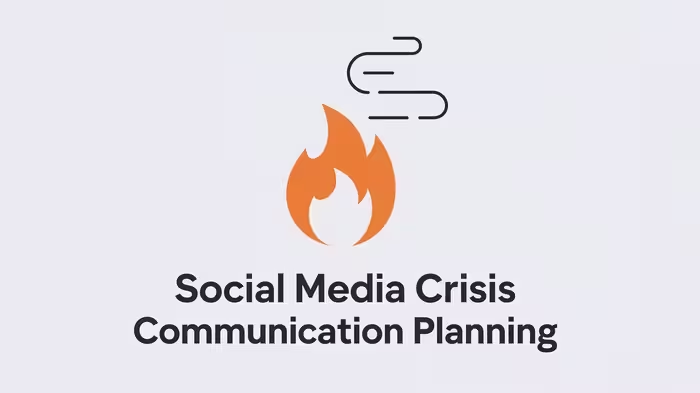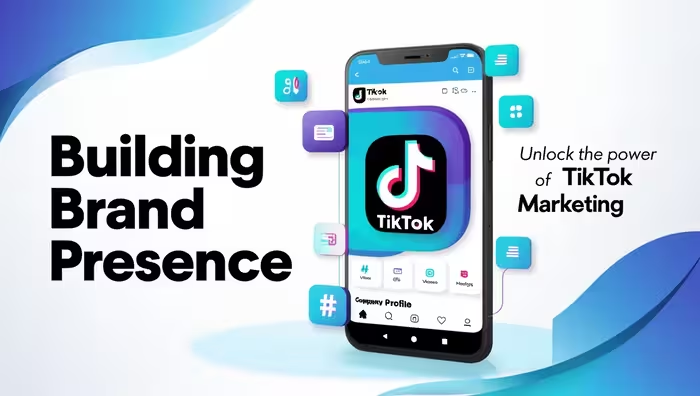Imagine your brand’s social media mentions suddenly exploding – but not in a good way. A complaint goes viral, a tweet backfires, or incorrect information spreads like wildfire. Are you prepared? Let’s create a robust crisis communication plan that can help you weather any social media storm.
Understanding Social Media Crises
What Constitutes a Social Media Crisis?
A social media crisis is like a digital wildfire – it spreads rapidly and can cause significant damage if not contained quickly. It’s not just any negative comment or complaint; it’s a situation that threatens your brand’s reputation and requires immediate attention. Think of it as the difference between a small kitchen fire and a full-blown house fire – one needs a fire extinguisher, the other needs the fire department.
Common Types of Social Media Crises
Social media crises come in various forms, just like storms have different intensities. They might include:
- Customer service issues that go viral
- Employee misconduct captured on video
- Product failures shared widely
- Inappropriate posts or comments
- Hacked accounts
- Viral misinformation about your brand
The Impact of Social Media Crises
Brand Reputation Damage
Your brand’s reputation is like a house of cards – it takes time to build but can collapse quickly. A social media crisis can undo years of careful brand building in just hours or even minutes. Studies show that 54% of consumers share bad experiences with their network, creating a ripple effect of negative sentiment.
Financial Consequences
The financial impact of a social media crisis is real and measurable. Stock prices can drop, sales can plummet, and damage control costs can soar. It’s like having a leak in your boat – the longer you take to plug it, the more resources you’ll lose.
Customer Trust Issues
Trust is like a mirror – once broken, it shows cracks even after being repaired. Rebuilding customer trust after a social media crisis requires consistent effort and transparent communication.
Building Your Crisis Communication Plan
Pre-Crisis Planning
Creating a Crisis Team
Your crisis team is like your emergency response unit. You need:
- A team leader (decision maker)
- Communications specialists
- Social media managers
- Legal advisors
- Customer service representatives
- Technical support staff
Developing Response Templates
Create template responses for common crisis scenarios. These are like fire drills – you practice them before you need them. Include:
- Initial acknowledgment messages
- Status update templates
- Apology statements
- FAQ responses
Crisis Detection Systems
Set up early warning systems to catch potential crises before they explode. Use social media monitoring tools to track:
- Brand mentions
- Relevant hashtags
- Customer sentiment
- Unusual activity spikes
Crisis Response Protocol
Initial Assessment
When a crisis hits, your first step is like triage in an emergency room. Quickly assess:
- Crisis severity
- Potential impact
- Required response level
- Available resources
Response Timeline
Time is crucial during a crisis. Create a clear timeline for:
- Initial response (aim for under 30 minutes)
- Regular updates (every 1-2 hours)
- Resolution communications
- Follow-up messages
Communication Channels
Choose appropriate channels for crisis communication:
- Primary social media platforms
- Company website
- Email communications
- Press releases
- Internal communications
Managing Active Crises
Immediate Response Steps
- Acknowledge the issue
- Express concern
- Share what you know
- Explain what you’re doing
- Provide regular updates
- Be honest and transparent
Stakeholder Communication
Keep all stakeholders informed:
- Customers
- Employees
- Partners
- Investors
- Media
- Regulatory bodies
Post-Crisis Recovery
Reputation Rebuilding
After the storm comes the cleanup. Focus on:
- Delivering on promises made
- Showing implemented changes
- Sharing positive stories
- Rebuilding community trust
Learning from the Crisis
Every crisis is a learning opportunity. Conduct a thorough analysis:
- What triggered the crisis?
- How effective was the response?
- What could be improved?
- How can similar situations be prevented?
Best Practices and Tools
- Stay human and authentic
- Respond quickly but thoughtfully
- Be transparent about mistakes
- Keep employees informed
- Document everything
- Update your plan regularly
- Train your team frequently
Conclusion
A solid social media crisis communication plan is like a good insurance policy – you hope you’ll never need it, but you’ll be grateful to have it when crisis strikes. By following these guidelines and regularly updating your plan, you’ll be well-prepared to handle any social media crisis that comes your way.
Frequently Asked Questions
- How quickly should we respond to a social media crisis?
- Aim to acknowledge the issue within 30 minutes, even if you don’t have all the answers yet. A quick response shows you’re aware and taking action.
- Should we delete negative comments during a crisis?
- Generally no. Deleting comments often makes the situation worse. Instead, respond professionally and address concerns openly.
- How do we know if it’s really a crisis or just normal negative feedback?
- Consider factors like spread rate, sentiment intensity, and potential impact. If the issue is spreading rapidly and could significantly impact your brand, treat it as a crisis.
- What’s the most important thing to remember during a social media crisis?
- Stay honest and transparent. Trust is your most valuable asset during a crisis, and maintaining it should be your top priority.
- How often should we update our crisis communication plan?
- Review and update your plan at least quarterly, and after any crisis or significant change in your social media presence.


